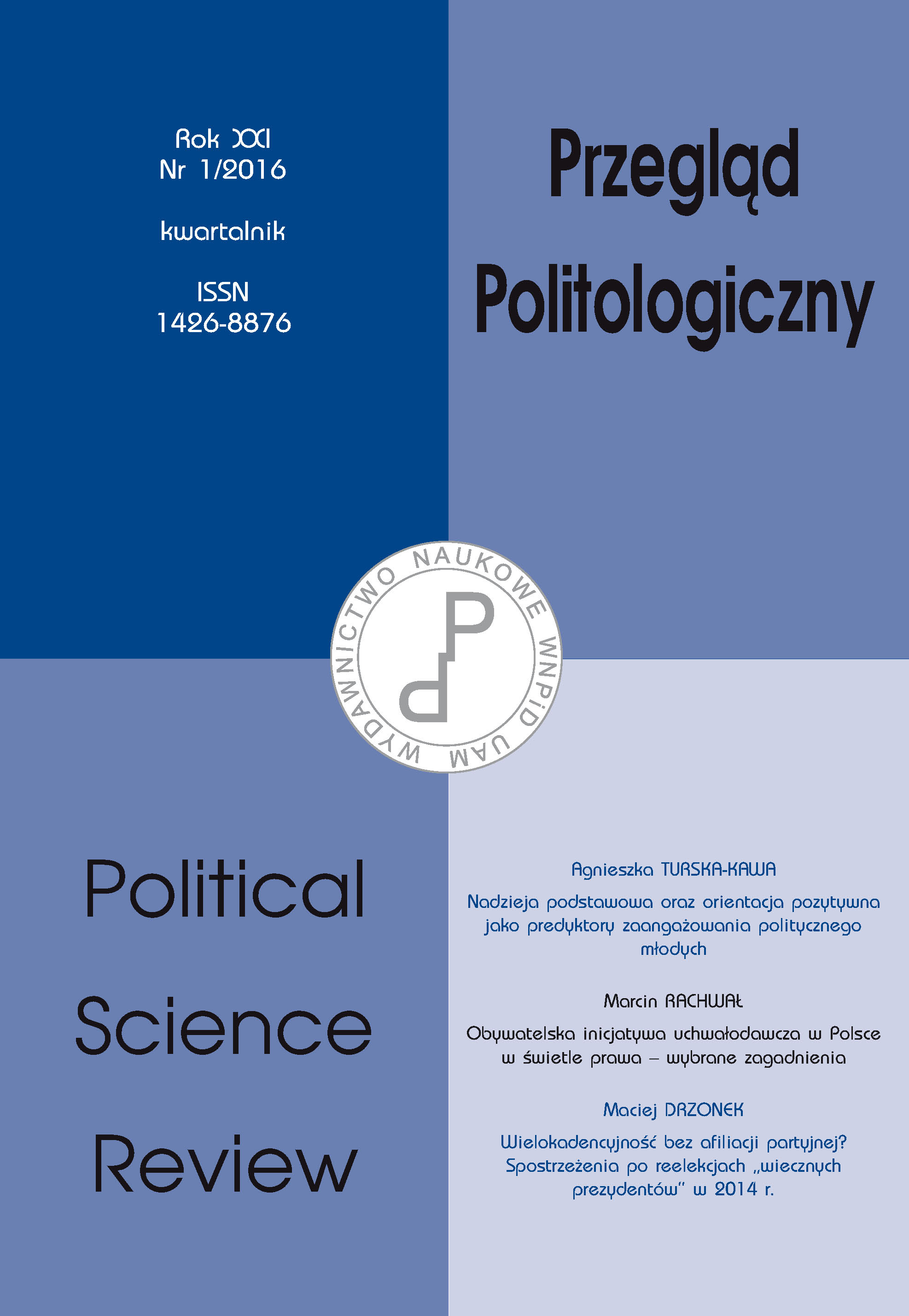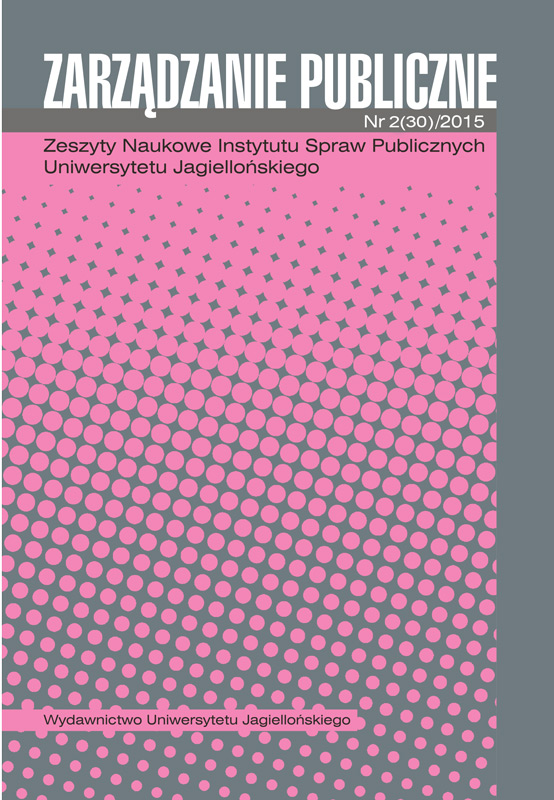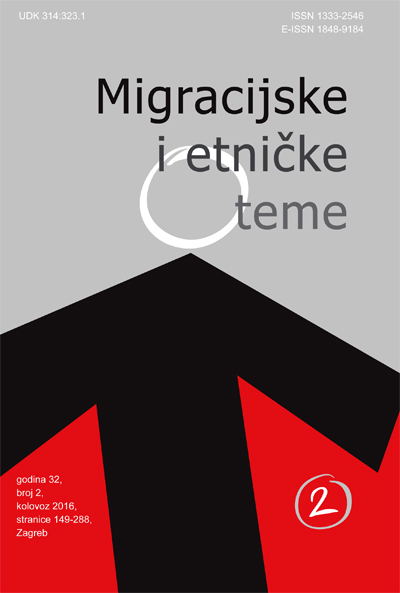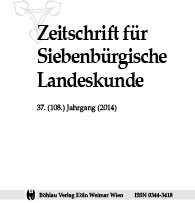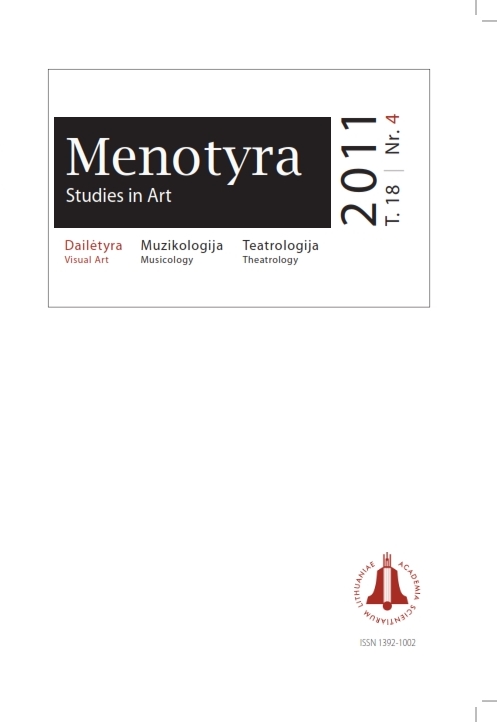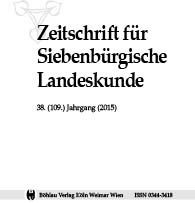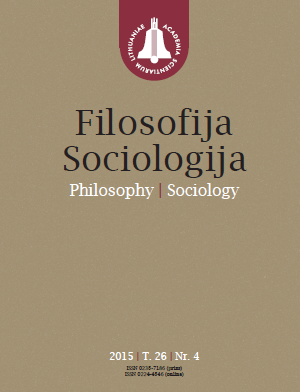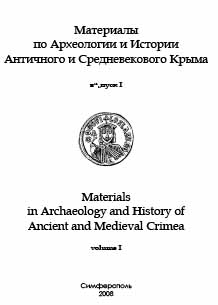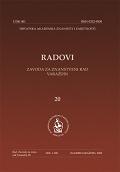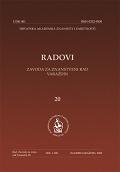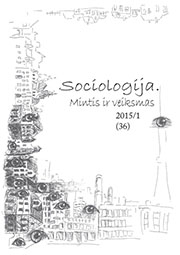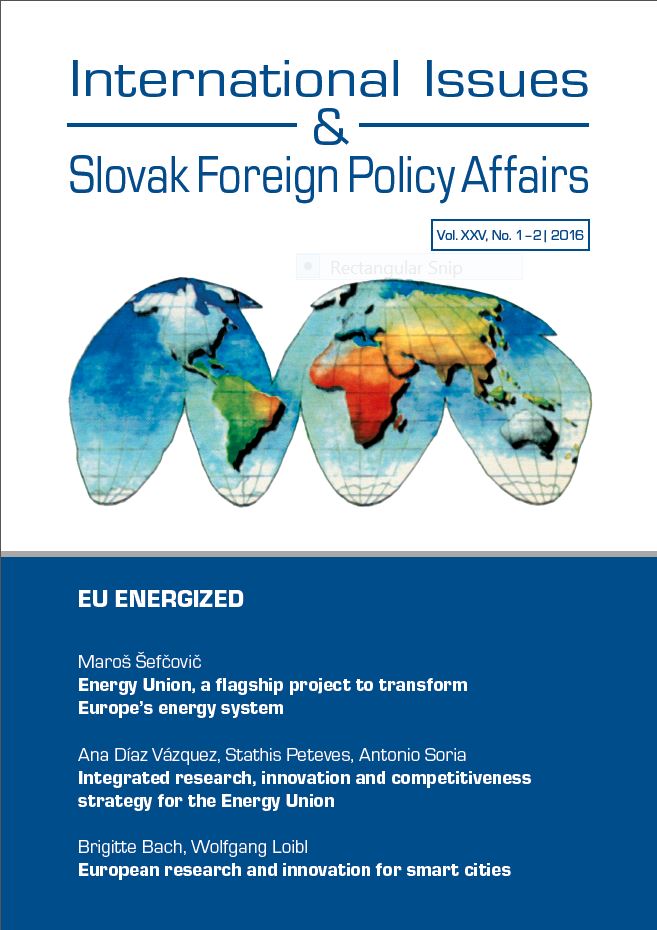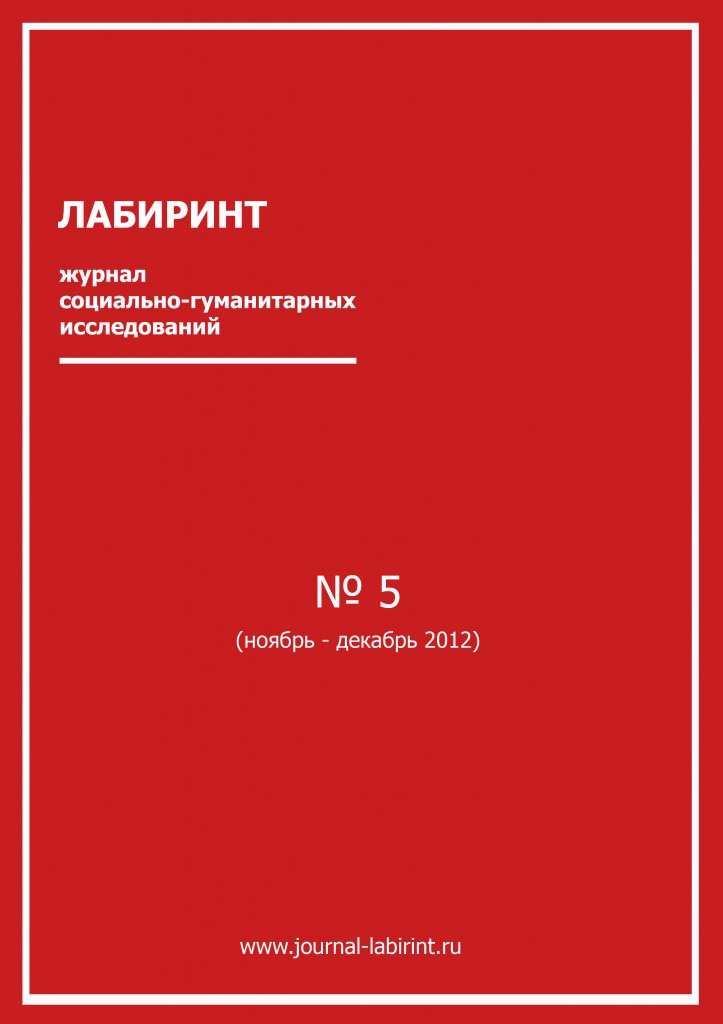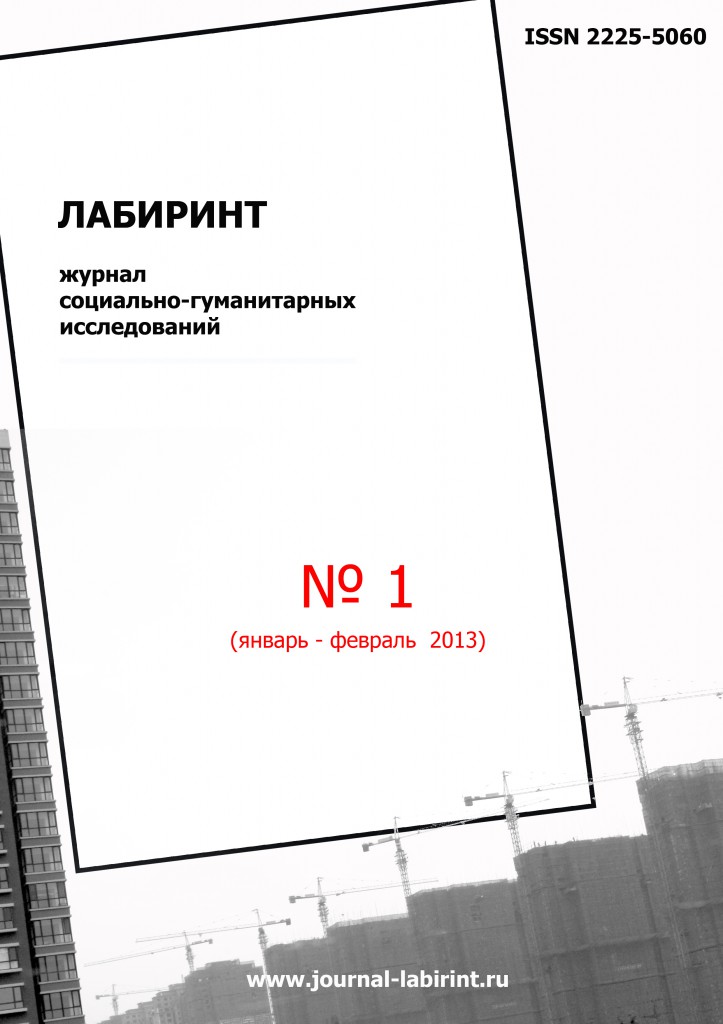Author(s): Ivo Nejašmić,Aleksandar Toskić / Language(s): Croatian
Issue: 2/2016
One of the basic demographic characteristics of Croatia is the inherited dispersed population density with a large number of small settlements and the undeveloped system of regional and micro-regional centres. Such settlement structure was entirely inappropriate in the conditions of accelerated and urban-based industrialization after the Second World War. This period was characterised by a mass transition of agricultural population into non-agricultural activities, along with the abandonment of rural settlements. In addition to the strong emigration from rural areas in which younger age groups participated for the most part, there was a continuous reduction in fertility, too. All this has led to the narrowing of young age groups and consequently to the increase in the proportion of the elderly. An important factor of demographic ageing is the reduction in mortality of persons over 30 years of age and longer life respectively. Life expectancy of the Croatian population was 64.8 years in 1960 and 77.2 years in 1972. The average age constantly increased: it was 32.5 years in 1961, 35.4 in 1981 and it reached the high 41.7 years in 2011.The aggression and war against Croatia happened in the 1990s. Dramatic events affected the general social conditions and processes, strongly accelerating negative demographic trends. All this had further affected the socio-demographically eroded rural areas. There was a particularly difficult situation in the regions directly affected by the war; part of these areas had had the features of extreme demographic regression before the war sufferings and the war only further strengthened it.The overall population of Croatia is characterised by decreasing fertility, natural depopulation (negative natural change), total depopulation (since 1990) and intense population ageing. The duration and intensity of these processes clearly testifies to the demographic development of Croatia being very unfavourable. All this also applies to the rural areas comprising 86% of the area in which 38% of the population of Croatia lived in 2011.An ageing point value model is used in the paper; it scores individual proportions of young and old age groups, and sums these values to obtain a point value indicator of population ageing. The proportion of young people (0-19 years) is scored in the range from 0.0 to 30.0 points; consequently, a larger proportion of youth is scored a greater number of points. The share of the elderly (60 years and over) is rated from 0.0 to 70.0 points, but so that the larger proportion of the elderly means fewer points (the other way round than scoring the youth share). The main methodological question was how to determine rural settlements. The set was formed in such a way that official urban settlements (143 cities) and a group of smaller urbanized settlements (mostly with more than 2000 inhabitants) were omitted from the total settlement set (6756 settlements according to the 2011 Census); the general issue was about urbanized municipal centres and suburban areas of major cities. Accordingly a set of 6508 rural settlements was defined.Previous studies have confirmed utter depopulation of non-urban settlements in Croatia. In the 1971–2001 period the population of a set of non-urban settlements decreased by nearly 20%. At the same time the overall population in Croatia recorded a weak population growth, almost a stagnation (index 103.8 refers to the “population in the country”). Data for the last inter-census period (2001–2011) showed the continuation of the trend of population decline. Croatia has been affected by depopulation as a whole (index of population change 96.6); urban settlements have a slight decrease in the number of inhabitants (index 98.5), while rural settlements register almost twice stronger depopulation of Croatia in general (index 93.6). In terms of cause and effect depopulation is strongly associated with other demographic processes. The ageing of the population (demographic ageing) is the most pronounced process in Croatia and it refers to an increase in the proportion of the population aged 60 and over or 65 and older in the total population. More than three decades ago, a survey claimed that the villages ceased to be a “population incubator” of Croatia. The number of young people aged 0-19 years was almost halved in rural areas between 1961 and 2001, it reduced by 46%! In 1981, the share of elderly people of 60 and over in these settlements was 18.4%, and in 2011 it amounted to 24.9% (Croatia 24.1%, urban population 23.6%), while the share of the aged 65 and over was 18, 8% (Croatia 17.7%, urban population 17.1%). Consequently, the rural and total population of Croatia have a very similar composition of the population by age – significantly more old than young people. This is also reflected in the average age: 42.0 years in rural population, 41.6 years in urban population and 41.7 in the total population of Croatia. We can affirm that the total population of Croatia, as well as its parts – urban and rural population, has been characterized by a very unfavorable age structure type.At the time of the census of 2011, there were 556 administrative-territorial units (127 administrative cities and 429 municipalities) in Croatia. All municipalities and administrative cities in Croatia have been affected by some degree of demographic ageing. Therefore, even in the case of rural settlements, the need to establish the degree of ageing is naturally understandable. The previously mentioned ageing point value model was used in this purpose; hence, there are seven types (degrees) of ageing: type 1 (90.5 – 100.0 points) – on the threshold of old age, 2 (84.5 – 90.0) – ageing, 3 (73.0 – 84.0) – old age, 4 (65.5 – 72.5) – very old age, 5 (50.5 – 65.0) – advanced old age, 6 (30.5 – 50.0) – very advanced old age, 7 (0.0 – 0.0) – extremely advanced old age. It is obvious that population with a lower number of points has a higher degree of ageing and vice versa.The rural population in Croatia scored 66.5 points, which means that it fell under the fourth type of ageing – very old age in 2011. The calculation for the urban population in Croatia yields 67.0 points, meaning that it also fell into the fourth type – very old age. The fact that the degree of rural population ageing almost equals that of the urban population is very significant. A mature post-transition phase in the change of the age structure has occurred in Croatia. It is marked by the contraction of the young group and expansion of the old one (it is a question of the advanced stage of demographic ageing), and the decrease in differences between functional population groups. In this way differences between urban and rural population disappear since they both are marked by an equal degree of ageing. This fact is particularly important in considering demographic stabilisation policy of rural areas. They cannot count on significant immigration from the city as the urban population itself “is suffering” from depopulation, natural decrease and demographic ageing.There are no big differences between Croatian counties as well; the majority is placed within the two classes. Rural population falls under the fourth type - very old age in fourteen counties, and in five under the type 5 – advanced old age. The least favourable situation is in the Lika-Senj County because its rural population is classified into the sixth type – very old advanced age. Only slightly poor situation is to be found in Međimurje County whose rural population falls under the third type – old age. Although the overall picture is more or less expected, the fact that in no less than 45% of administrative units (administrative cities and municipalities) the population of rural settlements has been affected by a very high level of ageing, still astounds (types: 5 – advanced old age, 6 – very advanced old age and 7 – extremely advanced old age). Rural population in other administrative-territorial units mostly fall into type 4 – very old age (37.9%) and type 3 – old age (16.5%). The fact that the rural population of any administrative-territorial units is not classified into the 1st type - on the threshold of old age, and only in one municipality it falls under the 2nd type - ageing shows to which extent demographic ageing has been an advanced and extensive process.If we separate out the municipalities/administrative cities with the rural population on a very high degree of population ageing (types 5, 6 and 7) from the presented basic map, an unbroken belt from central Dalmatian coast to Žumberak and Banovina can be clearly seen. It is an area of “socio-demographic depression” that has long been affected by the rural exodus and depopulation, and largely exposed to direct war casualties during the 1990s. As expected, the population of rural settlements of almost all island municipalities/cities also falls into the set with a very high level of ageing.We can affirm that the issue here is the homogenisation of the Croatian rural area in the direction of the increasingly higher degree of ageing. The permanent erosion of generations, the long-term reductions in fertility and the ageing open a series of hard-to-solve existential and other problems. Croatian rural areas are becoming a community of elderly households without the young and heirs. This is undoubtedly a limiting factor in the development of rural settlements which leads to a further deepening of inequality between rural areas and cities. In most cases the aged farmers are the last residents in many villages and with their extinction many of the villages will remain only geographical terms.What should be done to at least mitigate harmful consequences of demographic ageing and depopulation of rural settlements? For this purpose general economic progress and more equal regional development are of crucial importance. Therefore it is necessary, on the basis of scientifically reasoned, comprehensive and interdisciplinary spatial planning, to “choose” the settlements with the most favourable characteristics (location, economic and demographic) with the aim to become local hubs of settlement network. These should be settlements that can relatively quickly develop central functions (with the support of the wider community, of course) and thus meet the basic needs of the population of the surrounding villages. The Croatian settlement structure is missing just such rural centres with around 200 inhabitants (and the current ones are unevenly distributed). In this way the difficulties arising from excessive dispersion of settlements would be minimized and enabled a better quality of life. This is one of the general development measures preventing a complete depopulation of large rural areas. Among the measures to lessen the effects of population ageing, and to improve the age structure respectively, encouraging fertility is in the first place in the population policy domain. Focused on the total population, this measure would have a certain effect even in those villages that have (bio)reproductive base at least at the general population level. These are generally larger villages, located along the major roads and with good accessibility to major urban centres. The implementation of incentive population policy (pro-birth and immigration variants alike) will have to come to the forefront of national interests. Then we will be able to talk about a possible demographic recovery (of part) of the Croatian rural area with more optimism.
More...
